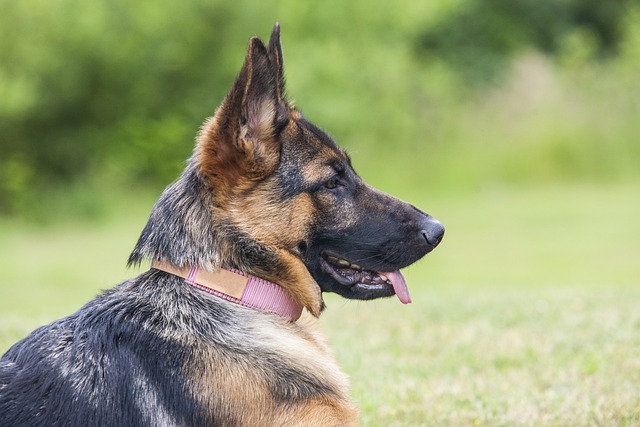
What is glaucoma in a dog?
You might notice your dog squinting more at mealtime or avoiding bright sunlight—these small changes could be early signs of a serious eye condition.
You've probably seen it at your local dog park - that happy pup leaning into chest scratches while their tail thumps rhythmically against the bench. While every dog has personal preferences, most share common favorite petting zones that can strengthen your bond when approached correctly. Understanding these preferences isn't just about affection; it's about communicating in ways your dog naturally understands and respects.
Canine touch preferences stem from both anatomy and evolutionary psychology. Dogs generally enjoy touches where they can't easily groom themselves - along the chest, shoulder blades, and base of the tail are typically safe bets. These areas contain less sensitive nerve endings than the paws, muzzle, or belly, making them less threatening. When you stroke these zones, it triggers the release of oxytocin (the bonding hormone) in both you and your dog. Watch for "consent cues" - if your dog leans into your hand, sighs deeply, or offers loose, wiggly body language, you've found a winner. Conversely, if they turn away, lick their lips, or tense up, they're asking for space.
Start with the "three-second rule" - offer gentle chest scratches for three seconds, then pause to see if your dog nudges you for more. Many dogs love gentle rubs along the flank where the muscle meets the hip bone, while others prefer under-chin scratches that don't require reaching over their head (which some perceive as threatening). For apartment-dwelling dogs who experience more environmental stress, evening massage along these zones can help lower cortisol levels after exposure to hallway noises or elevator encounters. Always let the dog initiate contact first, especially with nervous rescues who may have negative associations with certain touches.

This respectful approach aligns with modern animal welfare standards that emphasize reading canine body language. In communities like Seattle or Portland where positive reinforcement training is culturally embedded, force-free interaction isn't just recommended - it's expected. Remember that proper socialization includes teaching children to pet appropriately, which helps prevent the roughly 4.5 million dog bites reported annually in the U.S. Your legal responsibilities extend beyond touch too; those bonding moments won't matter if you're facing fines for unused poop bags in your pocket or outdated rabies vaccinations. Many downtown apartment complexes now require AKC Canine Good Citizen certification, which evaluates a dog's comfort with handling.
Ultimately, the best touch is the one your dog asks for again. By observing their communication and respecting their boundaries, you're not just petting - you're building trust that makes all other training easier while being the responsible neighbor your community deserves.

You might notice your dog squinting more at mealtime or avoiding bright sunlight—these small changes could be early signs of a serious eye condition.

Let’s set the scene: It’s a sweltering Phoenix afternoon—105°F outside—and you rushed your 2-year-old Lab mix, Cooper, on a quick walk to “get it over with.”

Let’s get real: You’re in your Miami apartment, watching your 3-year-old Corgi, Loki, struggle to climb the stairs to your second-floor unit.

Many dog owners brush off occasional scratching as just “dog behavior,” but persistent itching often signals something more—like a food allergy.

You might first notice your dog scratching more than usual—chewing at their paws until the fur looks thin, or rubbing their face against the couch nonstop.

Let’s be real: You’re standing in your Chicago apartment, watching your 3-year-old Beagle, Max, huff and puff just to climb onto the couch.